The word ‘radical’ has never been more in use and at the same time more ambiguous in its meaning. Old signifiers of radicalism such as anti-establishment and rejecting of tradition, no longer hold water. In fact, in an era in which to pose as anti-establishment has become the status quo, embodying old, conservative values, is what’s most radical.
This is the era of radical politics. From terrorists being ‘radicalised’ online, radical leftists seeking to defund the police, or the radical right shipping refugees to Rwanda and repealing Roe vs Wade, two things are clear. One: the word radical has incredibly powerful connotations. Two: other than conferring profundity, the word radical is almost completely empty of meaning. And it certainly doesn’t belong to either side of the political spectrum, or any kind of action in particular.
In a way, this shouldn’t surprise us. It’s over a century since Ferdinand de Saussure defined his terms of semiotics, 55 years since Jacques Derrida wrote Of Grammatology, 40 years since Jean Baudrillard wrote Simulacra and Simulacrum, and while the academy became briefly obsessed with the problem of how language relates to reality, society more broadly has continued as though nothing has changed.
In 1981, Alasdair MacIntyre warned of the grave consequences for a society in which moral language persisted as if it still held fixed meaning and weight, but in which there was no longer anything of the sort. Nobody took the warning. Now, as we reach stalemates between left and right over everything from abortion and guns, to women’s dress codes and gender itself, something has to change for there to be any positive way forward. What we need is a fundamental redefinition of the terms, a re-engagement with the basic structure of meaning in the world we live in, and specifically with meaning in the spaces of politics and culture. We need to realise, and act upon the realisation, of how dangerous, how limiting for real political change it is for the discoveries of modern philosophy not to be carried over into real life.
These are the stakes: If we think of ourselves as radical, we’re making political mistakes because we fail to understand what it would mean to be truly radical, and, whether we are radical or not, political actors, or political watchers, we are falling for cultural posturing.
___
We associate being radical with certain cultural signifiers, but this is the first mistake.
___
Jeans, urinals, nipples, tattoos, wedding rings, make up, no make-up, hijabs, cubes of colour on a canvas, the Confederate flag, drugs, snowflakes, drums and electric guitars, skateboards, afros, MAGA caps, statues of historical figures: we associate being radical with certain cultural signifiers, but this is the first mistake. We can use the last great era of radicalism, the post-war countercultural period in the Western world, as a case study to understand our error. During that countercultural period there was a massive cultural swing. This was the political and social moment in which the cultural gesturing that we recognise in politics today was born. The era in which products became political for the left. The era in which a person’s attitude to outlandish clothing, meditation, yoga, drug taking, pop music, and contemporary art told you everything you needed to know about them.
___
This is what neoliberalism is, a broadening out of the market to convert everything from relationships, feelings and insecurities, to products, commodities and, ultimately, capital.
___










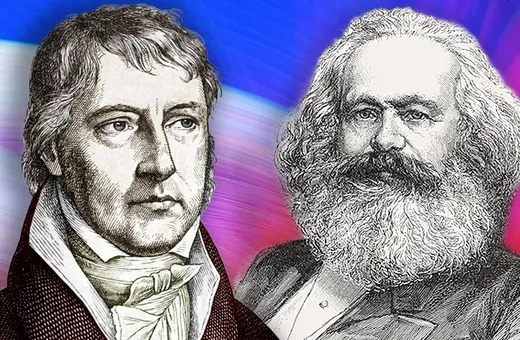
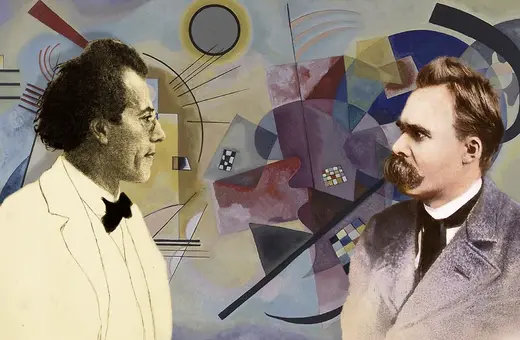
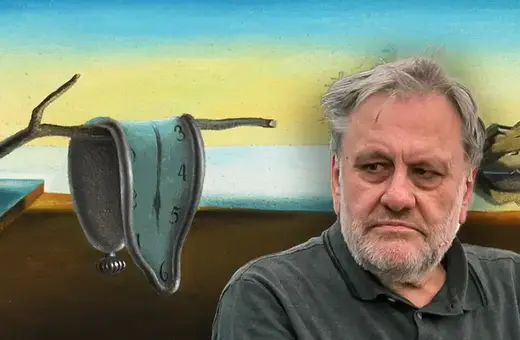

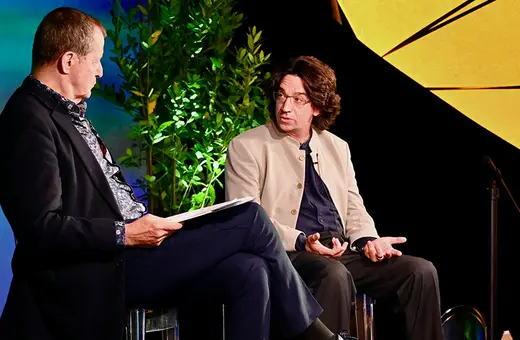

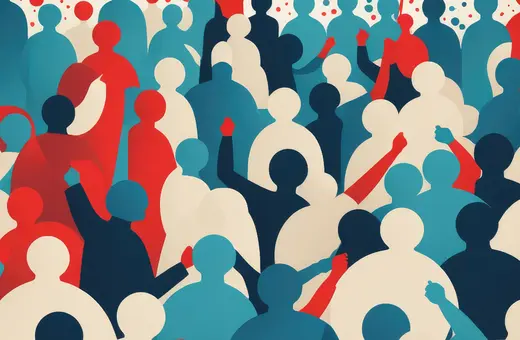

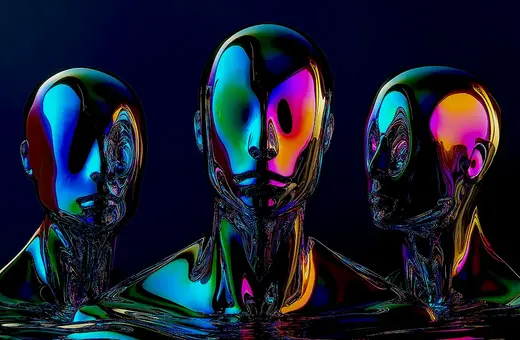

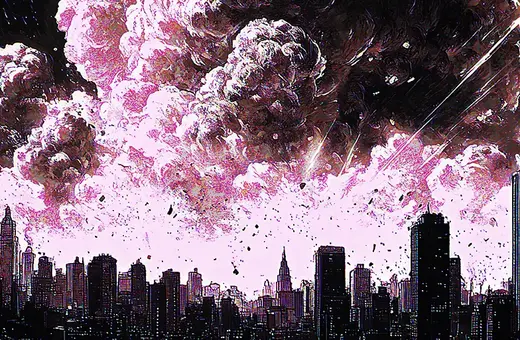
Join the conversation